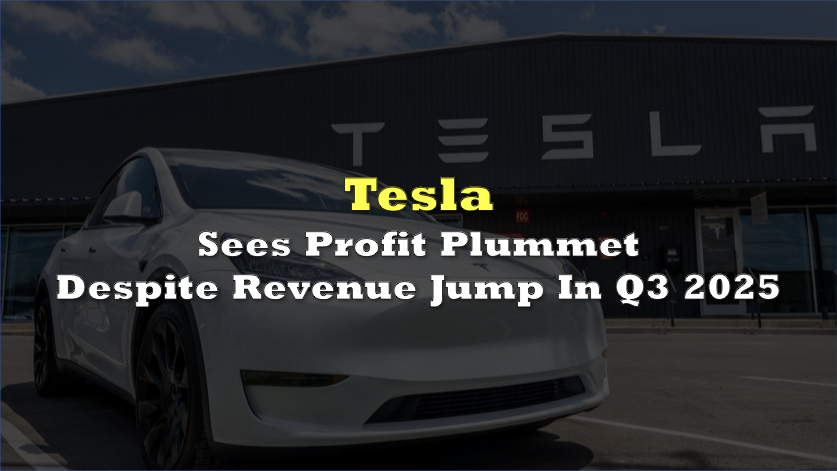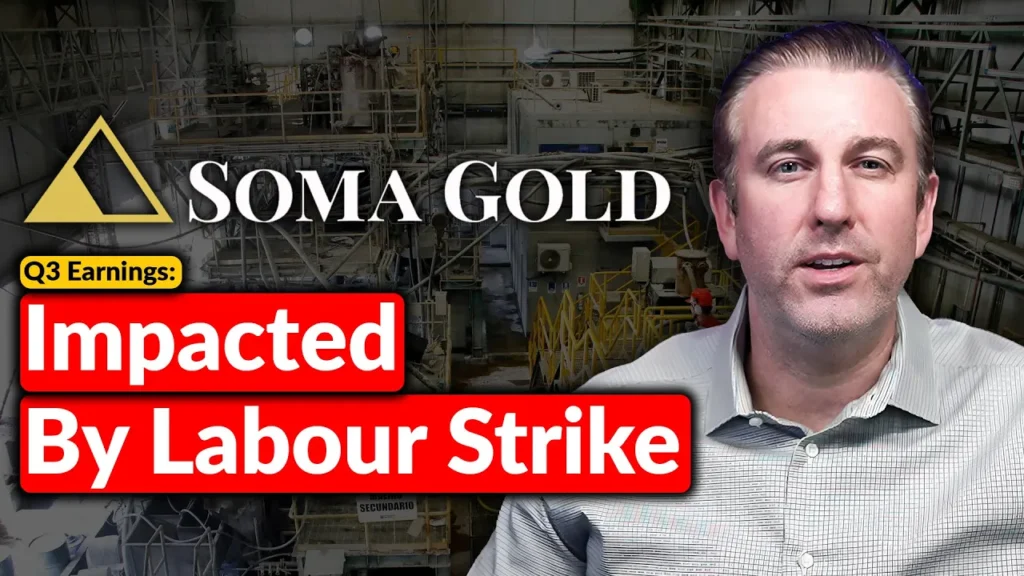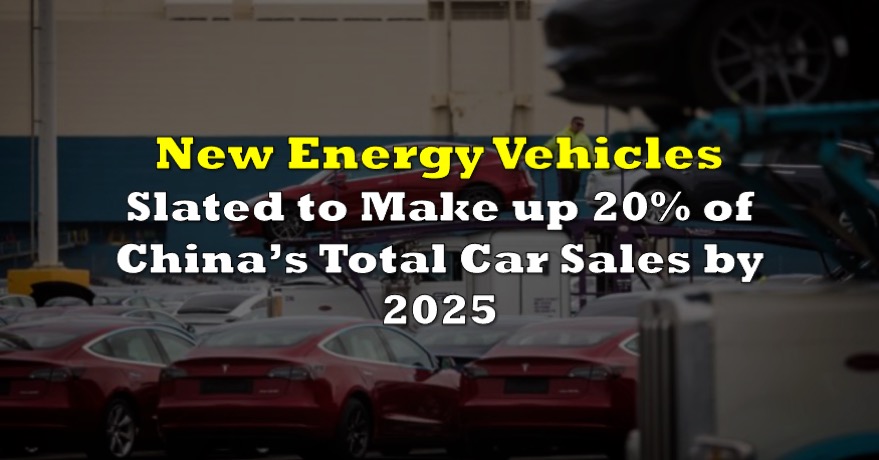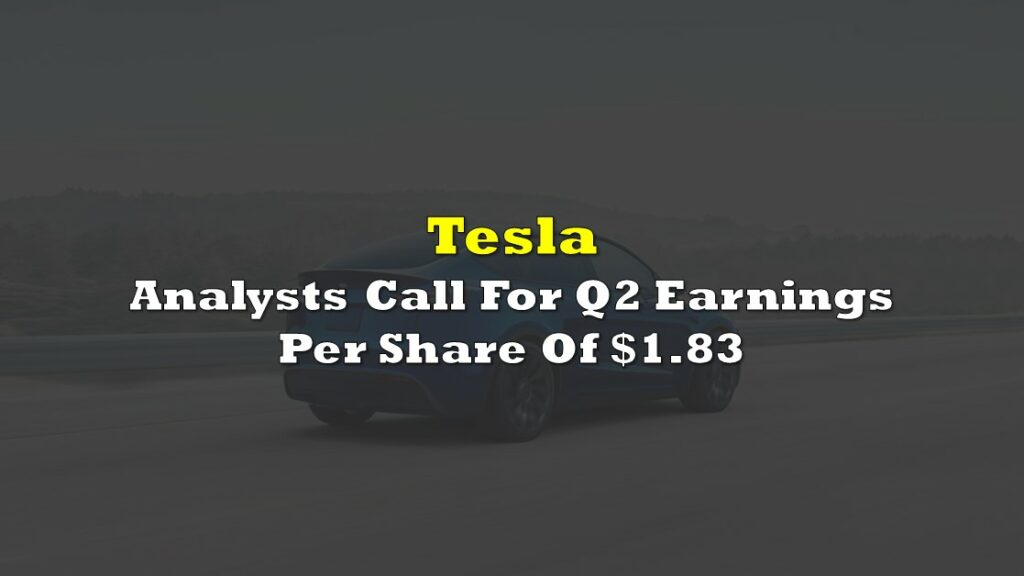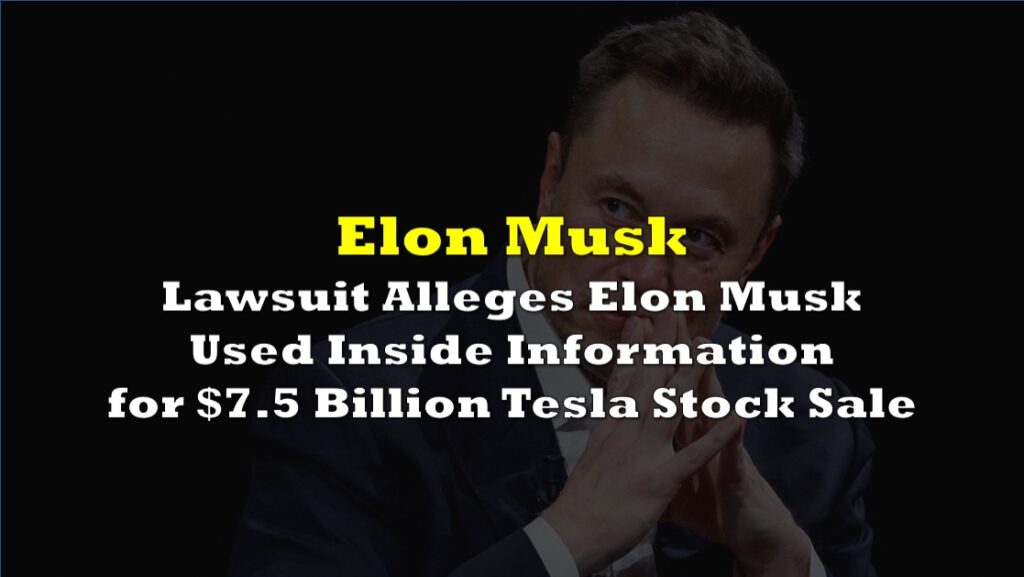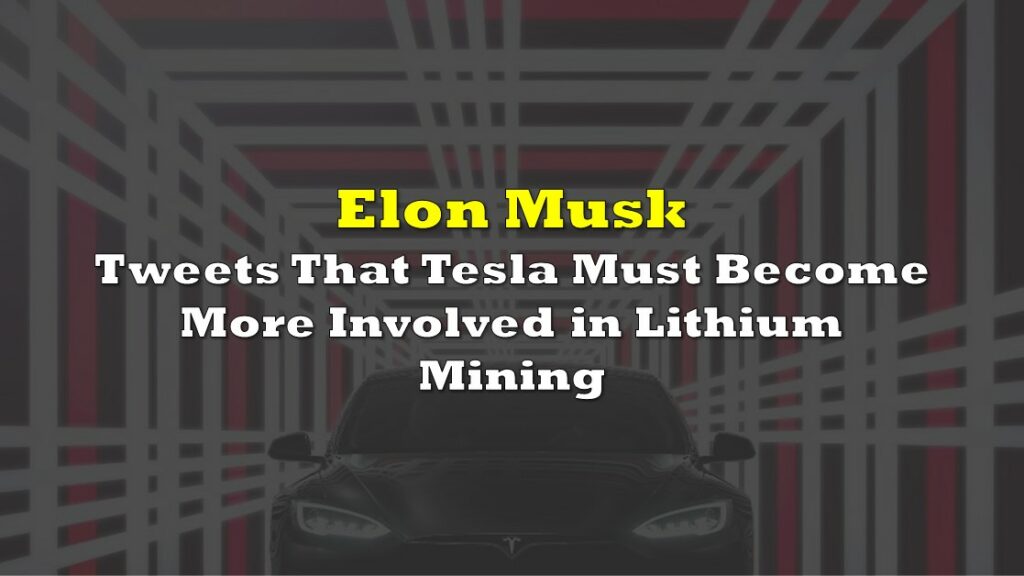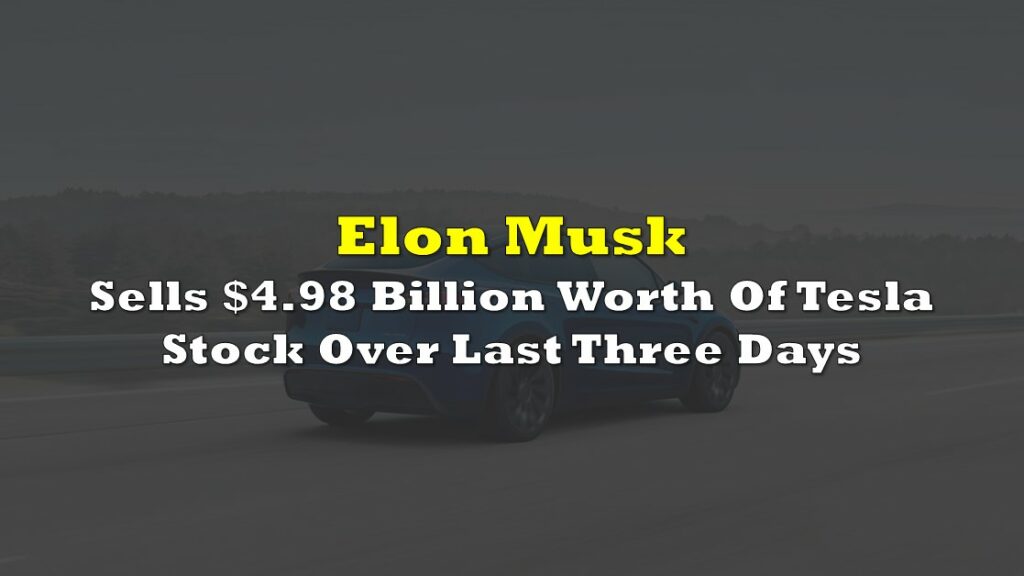Tesla (NASDAQ: TSLA) reported Q3 2025 revenue of $28.1 billion, up 12% year over year, while operating income fell 40% to $1.6 billion, compressing the operating margin to 5.8%.
Segment revenue showed mixed drivers: automotive rose 6% to $21.2 billion, energy generation and storage jumped 44% to $3.4 billion, and services and other increased 25% to $3.5 billion.
Total gross profit inched up 1% to $5.1 billion as gross margin slipped down to 18.0%. Operating expenses climbed 50% to $3.43 billion, which pushed income from operations down despite higher volumes. Management cited higher operating costs, increased stock-based compensation and restructuring charges, lower regulatory credit revenue, and lower one-time FSD recognition versus Q3 2024, partly offset by growth in energy and services gross profit.
Net income then declined 37% year over year to $1.37 billion, with diluted EPS down 37% to $0.39. On an adjusted basis, net income fell 29% to $1.77 billion and diluted EPS decreased 31% to $0.50, below the $0.54 consensus.
Adjusted EBITDA was $4.23 billion, down 9% year over year, for a 15.0% margin.
Operating cash flow was $6.24 billion, roughly flat year over year. Capital expenditures fell to $2.25 billion, down 36%, leading to free cash flow reaching a record $3.99 billion, up 46% from a year ago. Quarter-end cash, cash equivalents, and investments rose to $41.65 billion, up 24% year over year, with the company attributing the increase primarily to stronger free cash flow.
On operations, vehicle deliveries hit a record 497,099 units, up 7% year over yea. Only Model 3/Y deliveries rose, climbing 9% to 481,166 while other models fell 30% to 15,933. Production totaled 447,450 units, down 5% year over year. Global vehicle inventory ended at 10 days of supply, an improvement from 19 days in Q3 2024.
Guidance emphasized liquidity and a cautious read-through on policy and trade variability. The company expects hardware profits to be accompanied over time by an acceleration of AI, software, and fleet-based profits. It also reiterated timing that Cybercab, Tesla Semi, and Megapack 3 target volume production in 2026, with first-generation production lines for Optimus now being installed.
Information for this story was found via Bloomberg and the sources and companies mentioned. The author has no securities or affiliations related to the organizations discussed. Not a recommendation to buy or sell. Always do additional research and consult a professional before purchasing a security. The author holds no licenses.

